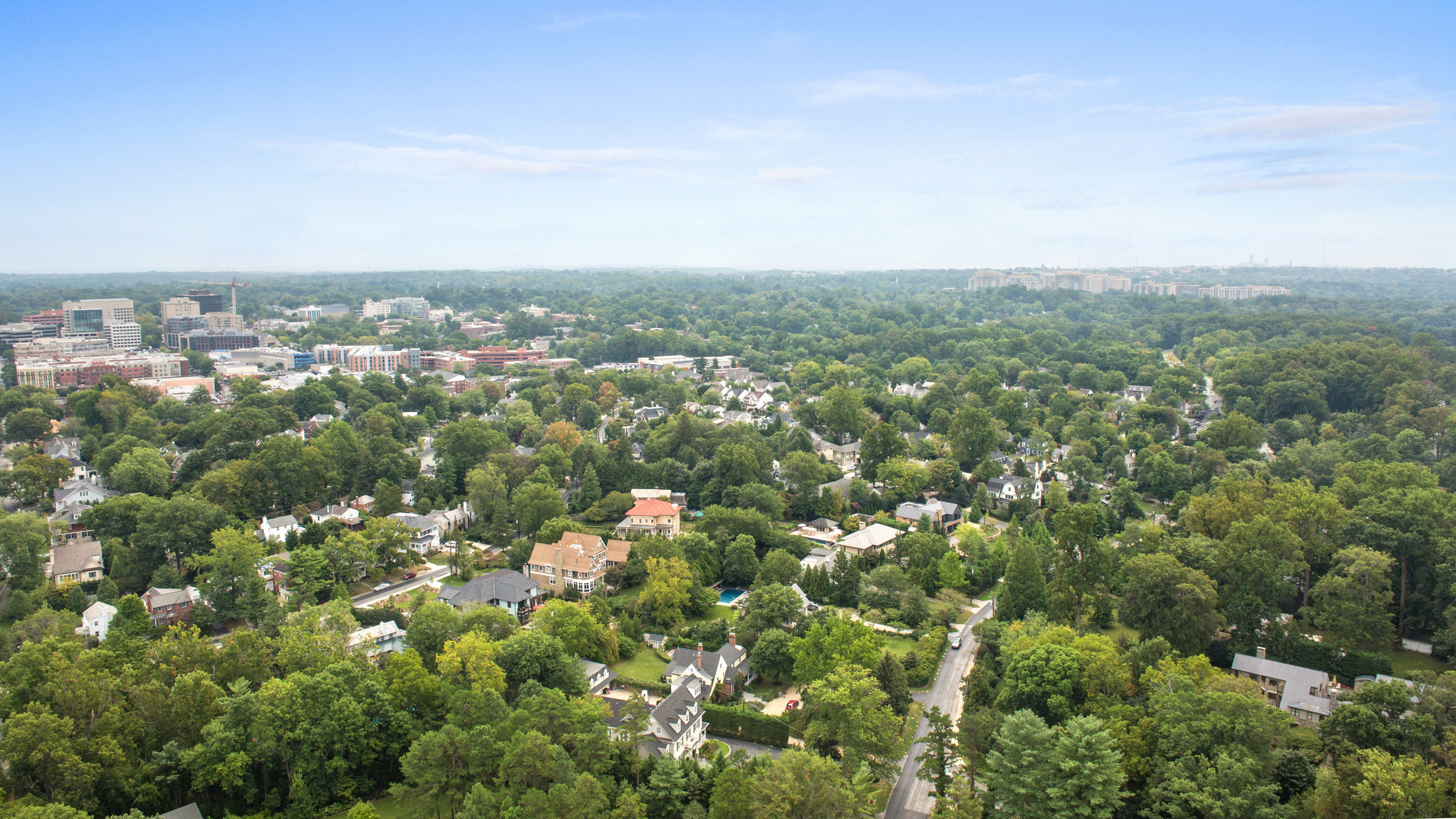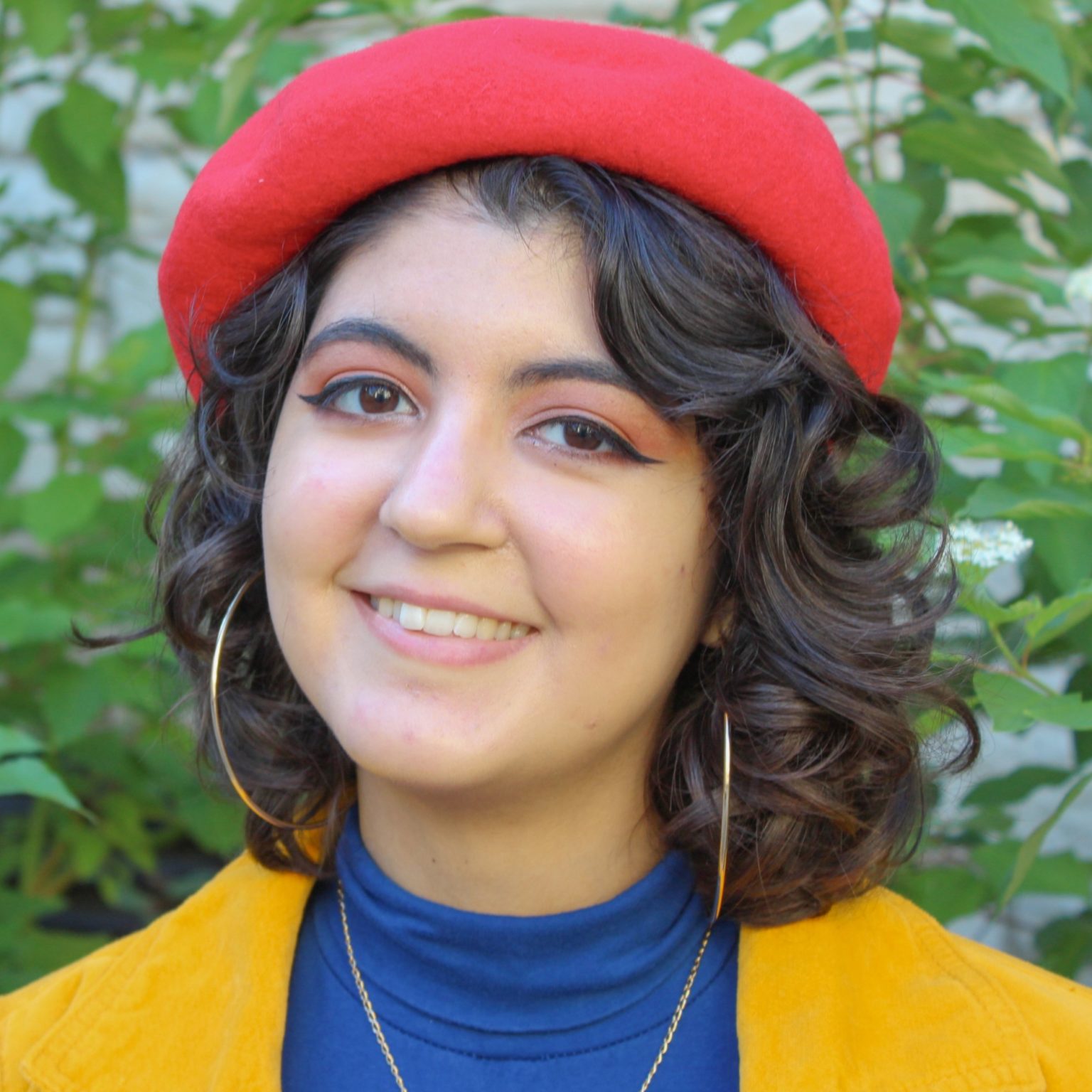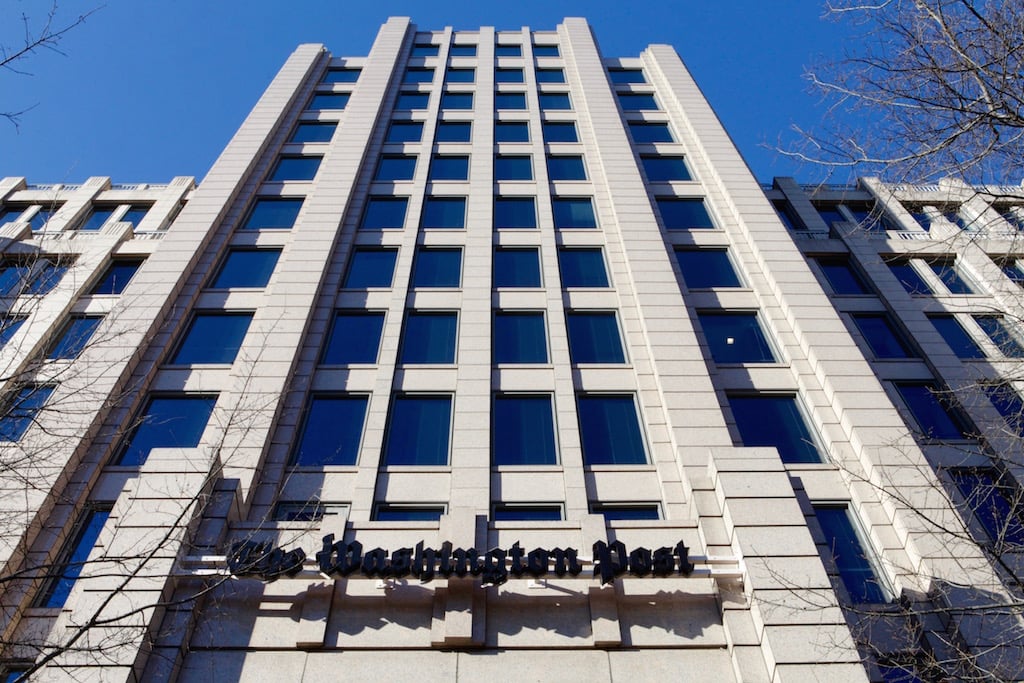Yesterday, the Washington Post‘s real estate section published a guide to Northwest DC’s affluent Spring Valley neighborhood. It praised the “haven for the elite” for its walkability, restaurants (most famously, Millie’s), and “pristine” Georgian, Colonial, and Tudor homes. There’s just one thing missing: the neighborhood’s history as a testing and storage site for chemical weapons during World War I.
In fairness, the piece did mention the neighborhood’s decades of deed restrictions, which excluded Black homeowners and shaped the wealthy neighborhood’s demographics. But what about its one-time nicknames, which included “Arsenic Valley?” One house on Glenbrook Road sat atop a former waste pit where bottles of mustard gas had been destroyed. It was known as “the hole called Hades.”
The munitions and chemical agents were discovered in early 1993. ProPublica calculates that cleanup and testing since then have cost $260 million, with further evaluation efforts estimated to cost an additional $16.1 million.
While the “hole called Hades” cleanup officially wrapped in 2020, there are still ongoing remediation projects around the neighborhood. A July 2021 update posted by the U.S. Army Corps of Engineers (USACE) Baltimore District states that to date, it has completed “anomaly removals” at 85 private properties in the neighborhood, and that fieldwork and geo-surveying is continuing.
Former residents have (unsuccessfully) attempted to sue the Army or US government, arguing that the toxic chemicals led to rare blood disorders, auto-immune diseases, and several cancers. In 2017, seven people became ill while working at one of the sites, and digging was halted. A Facebook group, last updated in May 2020, details residents’ health concerns.



















